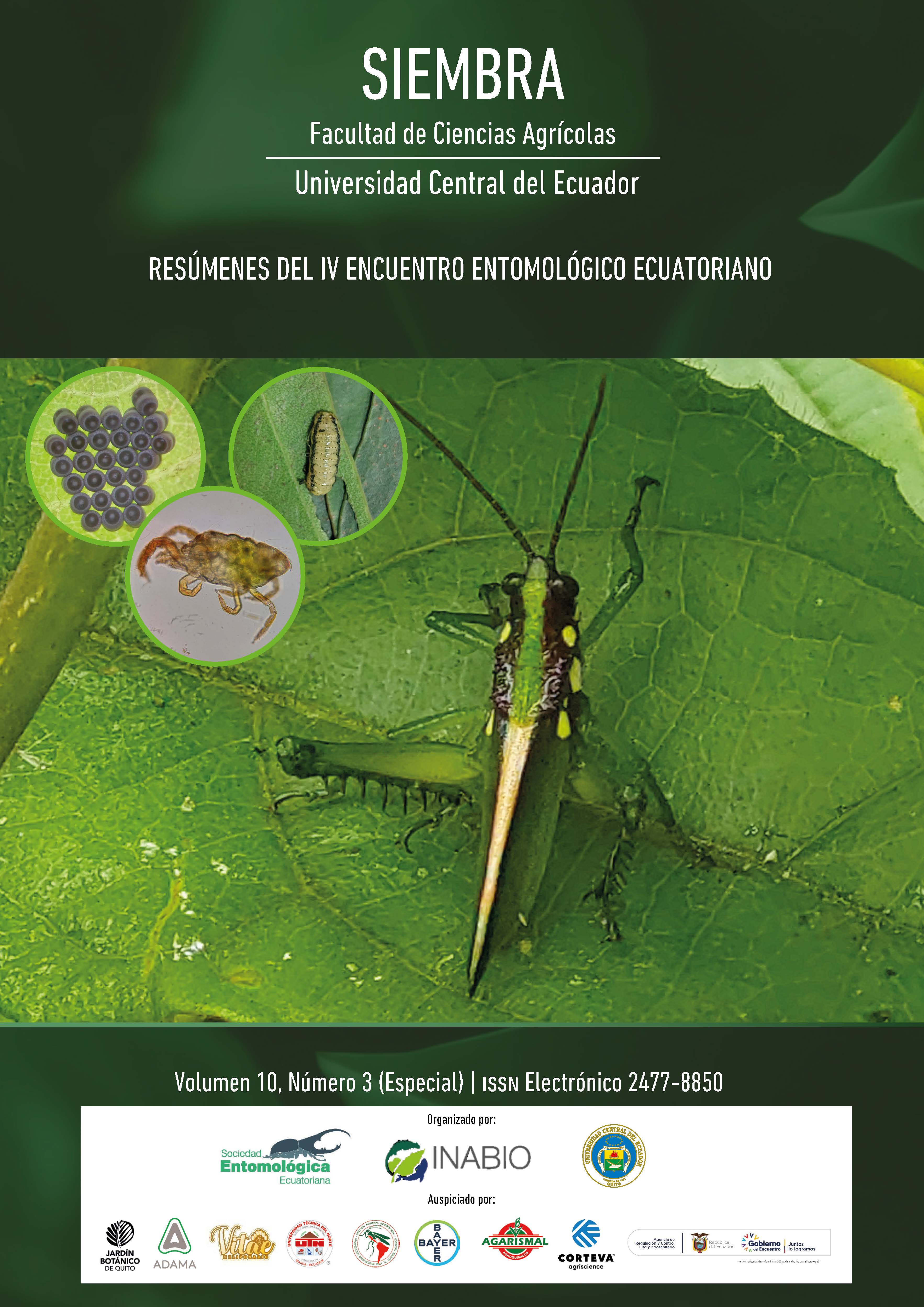Insects and the climate change
Main Article Content
Abstract
Adaptation to climate change involve a series of complex mechanisms for living organisms. It is not just a matter that an ecosystem, a group of species or a species moves to colonize a new habitat with better climatic conditions. In fact, this is not an automatic process in which species(s) simply migrate to higher life zones in the mountains, or north / south, depending on which hemisphere they live in, to escape increased temperatures. Since the mid-1950s, the global temperature increase has been very rapid and around 1 degree C, which may not sound like much, but to give an example, that represents around 180 to 200 m of altitude in the Ecuadorian Andes. Insects are excellent ecological indicators regarding climate change. Some are very sensitive, with which they would be in danger of extinction and others are very resistant, presenting robust mechanisms of adaptation to new conditions. Insects thus provide a whole range of cases, from the most sensitive to the most adaptable. This presentation analyzes the main mechanisms of response to climate change by insects, such as specific and local adaptations, phenological adaptations, population dynamics, the ability to move and colonize new habitats, and the genetic responses. In addition, case studies of some butterfly species from Ecuador are included.
Downloads
Metrics
Article Details

This work is licensed under a Creative Commons Attribution-NonCommercial 4.0 International License.
The authors who publish in Siembra know and accept the following conditions:
- Authors retain the copyright and grant Siembra the right of first publication of the work, under the Creative Commons Attribution License. Third parties are allowed to use what has been published as long as they refer to the author or authors of the work and its publication in this journal.
![]() This content is licensed under a Creative Commons Attribution-Noncommercial 4.0 International (CC BY-NC 4.0).
This content is licensed under a Creative Commons Attribution-Noncommercial 4.0 International (CC BY-NC 4.0).
- Authors maintain the copyright and guarantee Siembra the right to publish the manuscript through the channels it considers appropriate.
- Authors may establish on their own additional agreements for the non-exclusive distribution of the version of the work published in Siembra, acknowledging their initial publication in the same, such as in institutional repositories.
- Authors are authorized to disseminate their work electronically once the manuscript is accepted for publication.

